NO NEED FOR A MELANCHOLY EXIT
The Valuable Dead Stuff
Dead leaves on the ground, dead stems on trees and shrubs, dead plants where flowers and vegetables once strutted their stuff — how forlorn the yard can look this time of year. The urge is to tidy things up by blowing or raking leaves out of sight, pruning away unwanted branches, and ripping dead plants out of the ground.
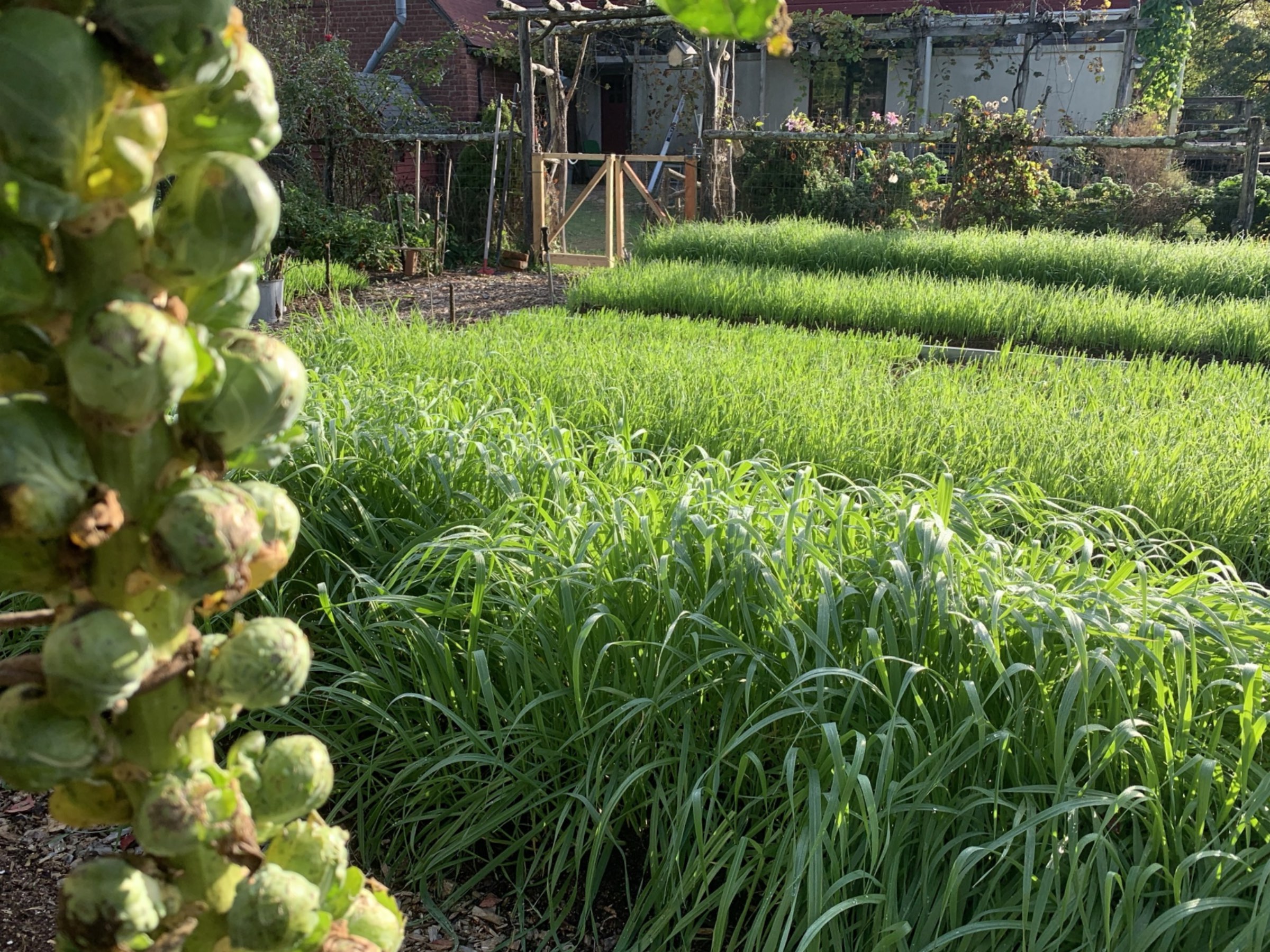
Cover crops and brussels sprouts
Garden cleanup has its virtues, but can do more harm than good if taken to excess. For instance, many gardeners like to clear dead leaves out from beneath shrubbery, where many come to rest after fall winds give them a few spins over the lawn.
In fact, trees and shrubs would just love to have their roots cozied in beneath a thick blanket of leaves. Such a blanket keeps roots warmer in winter, cooler in summer, and moister year ‘round. All of which spurs roots to grow more, and more root growth means more robust plants.
Many gardeners similarly wield leaf blowers and rakes to sweep up leaves that have drifted down to the lawn and managed to stay there, or escaped from beneath shrubbery. 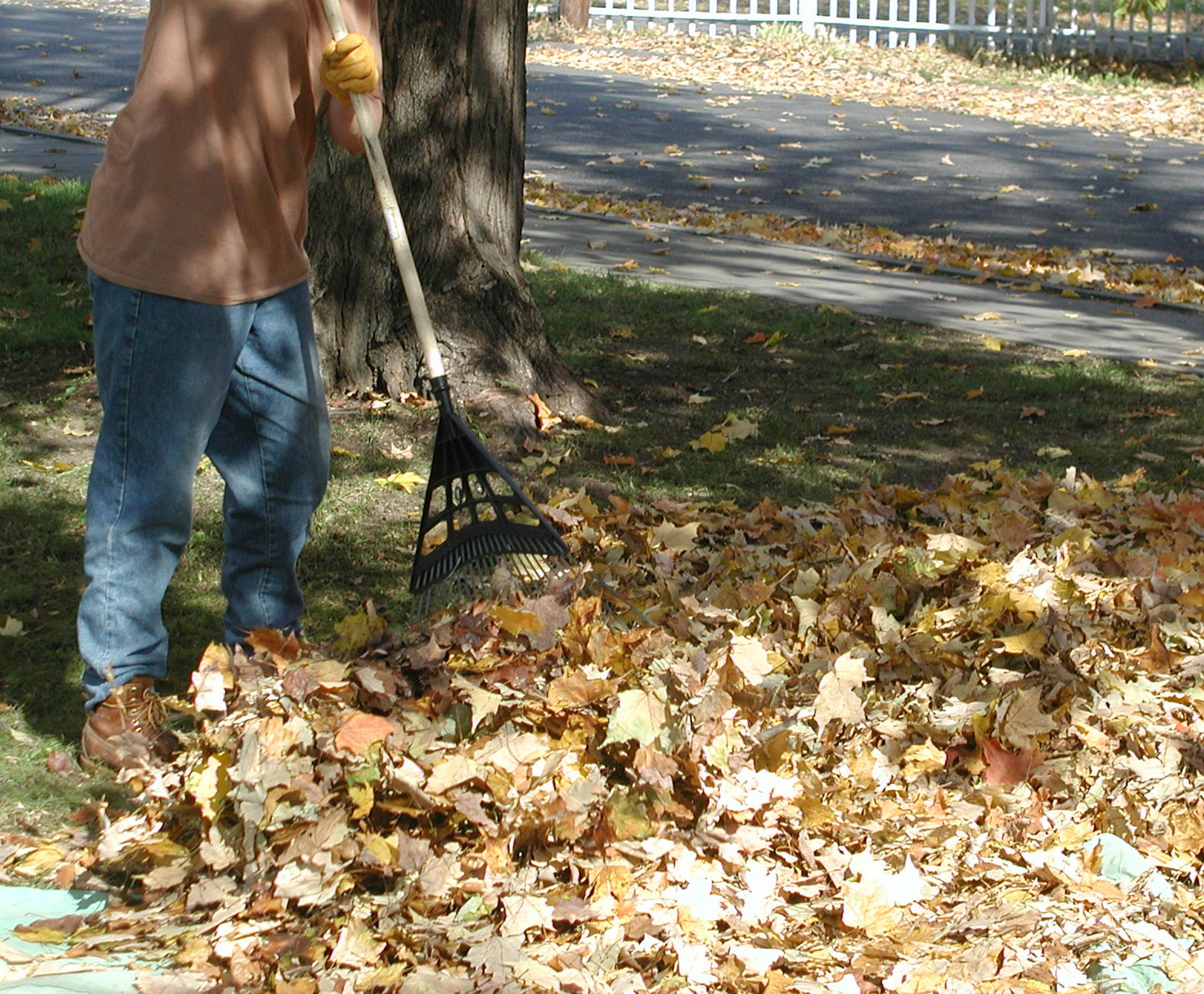 But these leaves really do no harm on the lawn unless they blanket the ground so thickly that they exclude light. A final pass with the mower might be all that is needed to grind them fine enough to filter down through the grassy blades to the soil. A mulching mower, or a conventional mower fit with a mulching blade, does this job especially well.
But these leaves really do no harm on the lawn unless they blanket the ground so thickly that they exclude light. A final pass with the mower might be all that is needed to grind them fine enough to filter down through the grassy blades to the soil. A mulching mower, or a conventional mower fit with a mulching blade, does this job especially well.
Benefits of working leaves into the lawn are similar to those of raking leaves beneath shrubbery. Your lawn will look nicer and be better able to survive periodic droughts.
To Prune or Not to Prune
Let’s next take a look at all those dead and misplaced tree and shrub branches no longer hiding behind green leaves. Wouldn’t it be nice to prune these plants to look healthy, prim, and pretty now? Anytime you notice them is a good time to prune dead branches and, in most cases, diseased ones too.
Generally, though, don’t prune for beauty this time of year. Wounds left by fall pruning are more likely to become infected or injured by cold weather than the same cuts made in spring. And don’t bother with wound dressings to avert infections; they’re generally useless even if they do make some gardeners feel good.
If you can’t resist the urge to grab your pruning shears and beautify some trees and shrubs, work with plants — spirea, snowberry, sumacs, and ninebark, for example — that are very cold hardy and subject to few diseases. Some of the fruit plants that I have to qualms about pruning this time of year are my gooseberry and blackcurrant bushes, and my hardy kiwi viines.
Do Cleanup Your . . .
The places where I put most of my tidying-up energy are my vegetable and flower beds.  Old, infected plant parts left lying around is how such diseases as tomato leafspot and peony botrytis get a jump on plants next season, so digging or pulling up, or raking, dead, old plants, stems, or leaves out of the garden, then carting them away to the compost also carries away some potential disease problems. (Everything compostable — that is, anything once or still living, goes into my compost, even some old cotton clothing.)
Old, infected plant parts left lying around is how such diseases as tomato leafspot and peony botrytis get a jump on plants next season, so digging or pulling up, or raking, dead, old plants, stems, or leaves out of the garden, then carting them away to the compost also carries away some potential disease problems. (Everything compostable — that is, anything once or still living, goes into my compost, even some old cotton clothing.)
Another reason to clean up vegetables and flowers now is to let me get an earlier start next spring when the calendar or an urge strikes me to plant.
But some restraint is needed even where vegetables and flowers grew. A few plants left here and there will capture snow and hold it on the ground. Snow insulates the soil and even adds a bit of nitrogen for next year’s plants.
A few stalks left here and there also liven up the drab winter landscape.
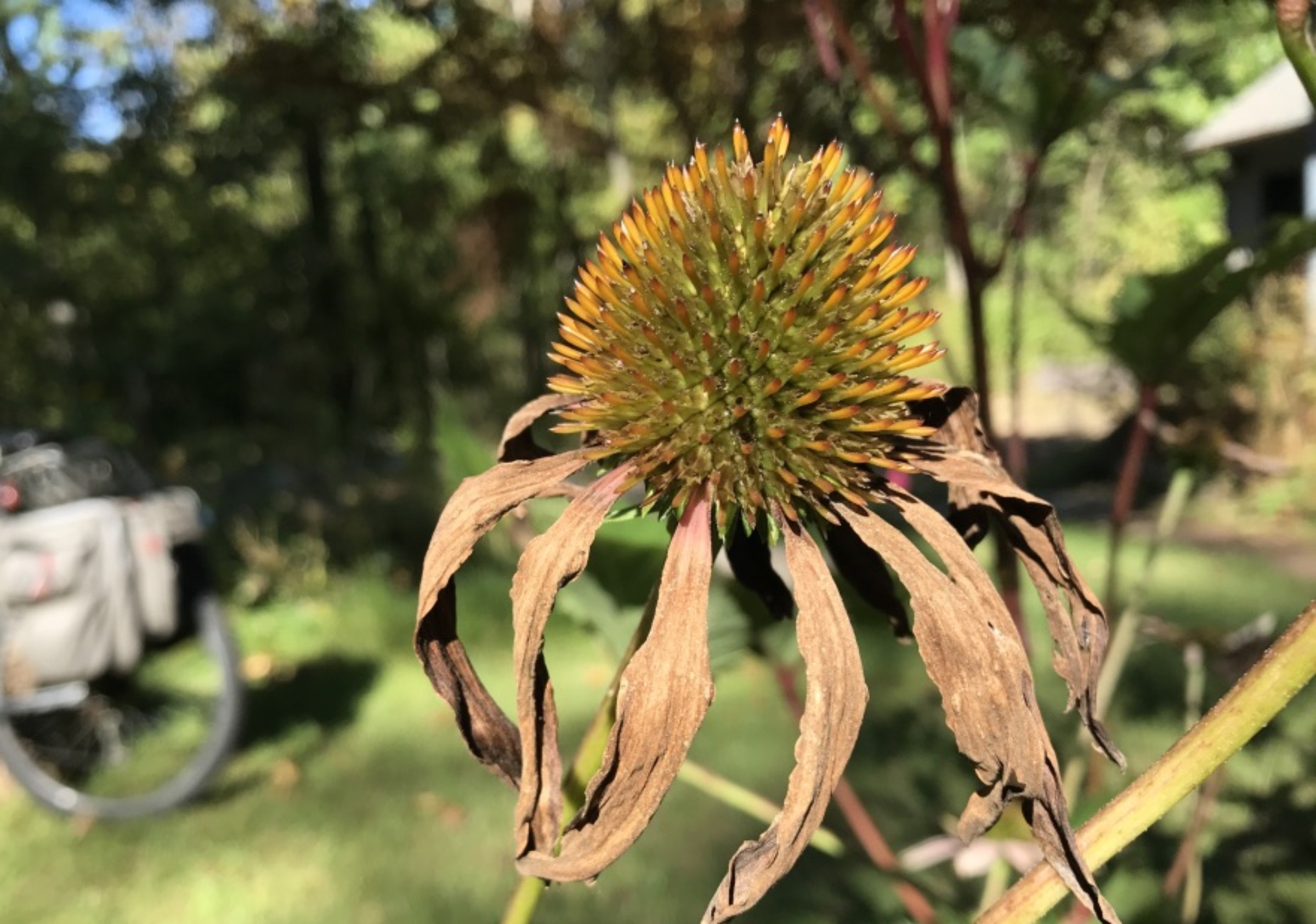
Echinaceae seed head
Birds will flit about old sunflower heads looking for a few remaining seeds. And while seedheads of coneflower and teasel hardly get a second glance in summer, they begin to look mighty interesting come February.
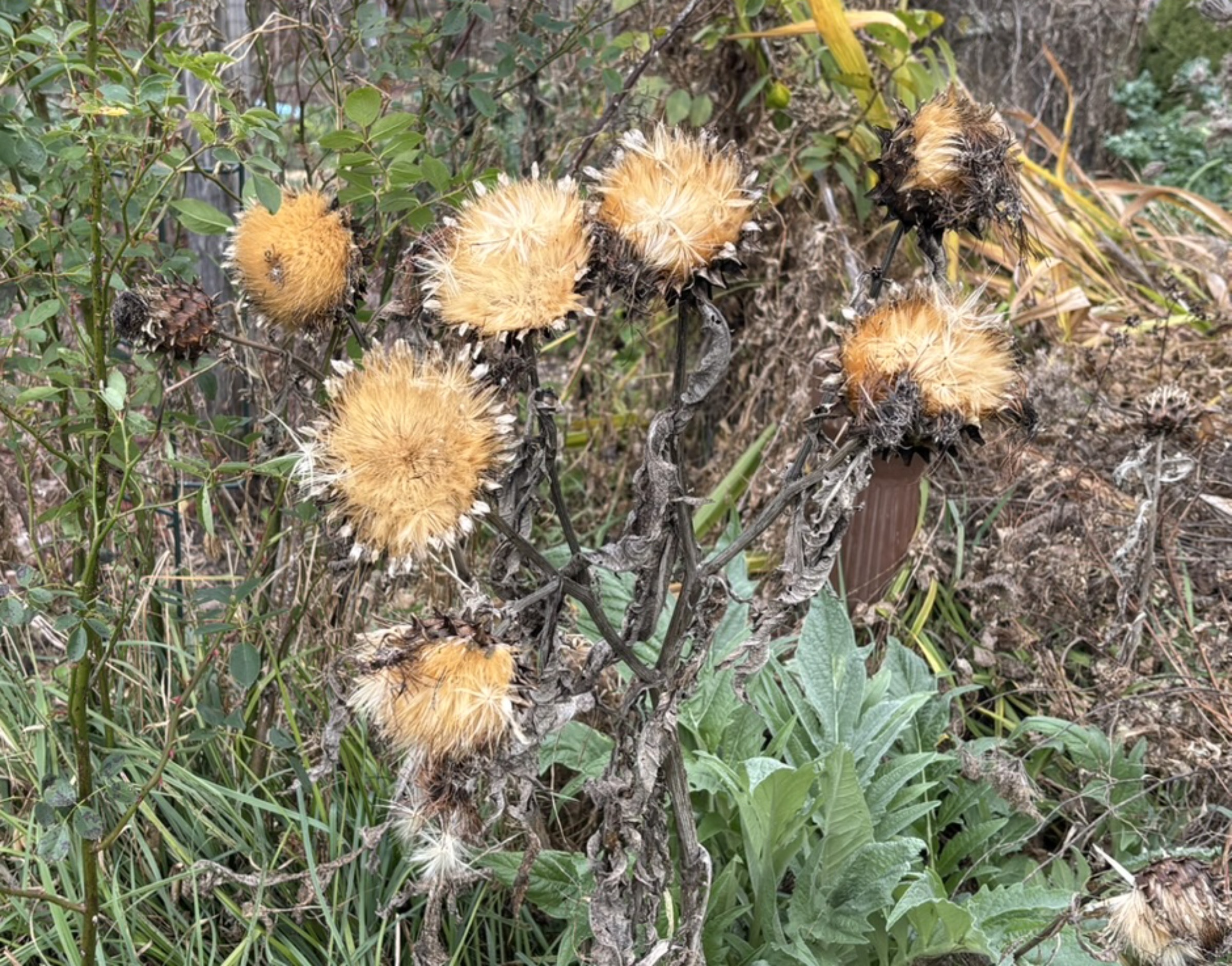
Cardoon seedheads


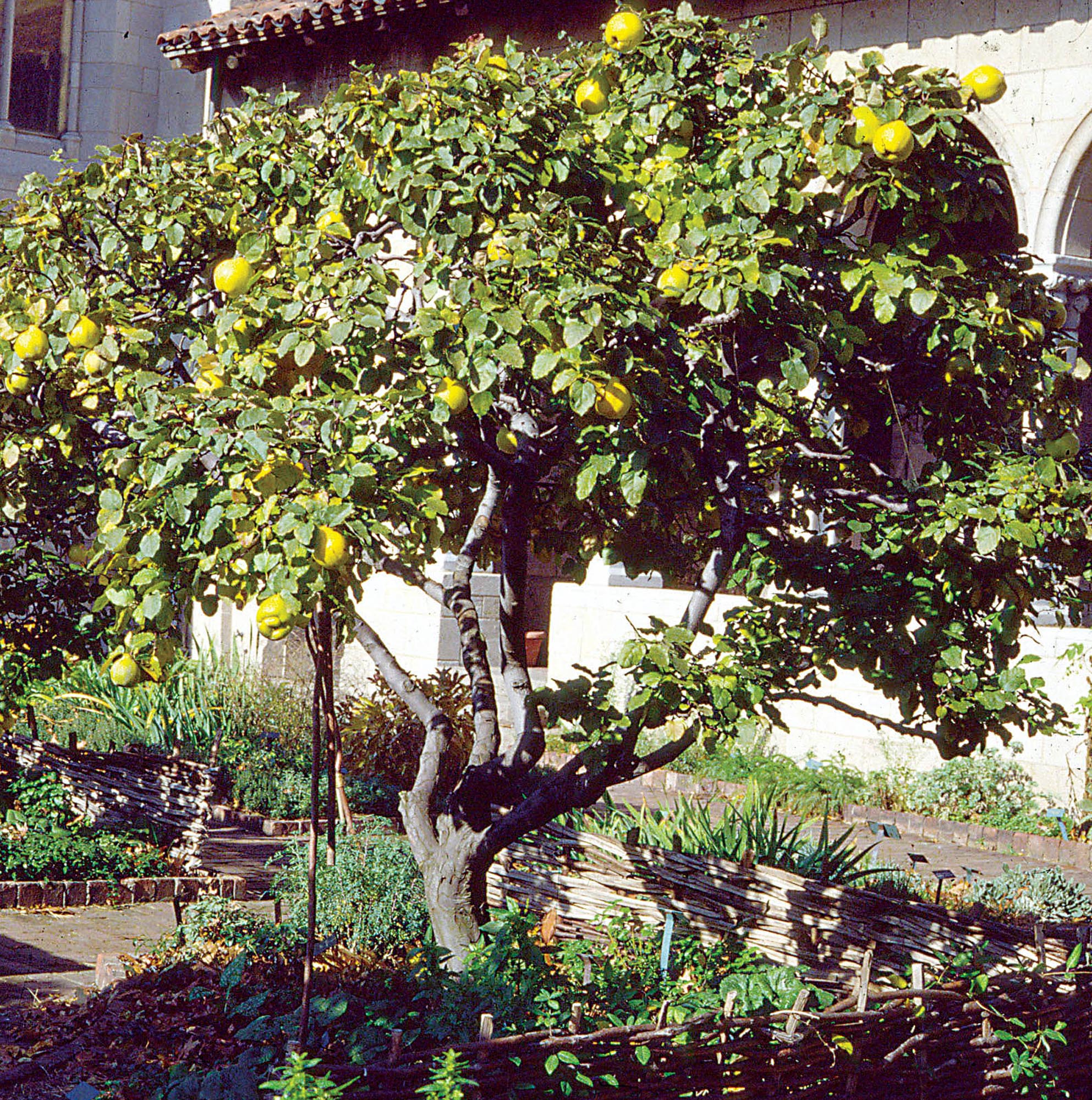

I am not clear if you meant that it is good to prune gooseberries and currents at this time of year or not good? Thanks in advance for clarification.!
It’s generally better to prune most plants after the coldest part of winter. Gooseberries and currants are very hardy so pruning them in late fall would be ok. For me, that leaves one less thing to do in spring. Also, they start growth very early so it’s good to get their pruning out of the way beforehand.